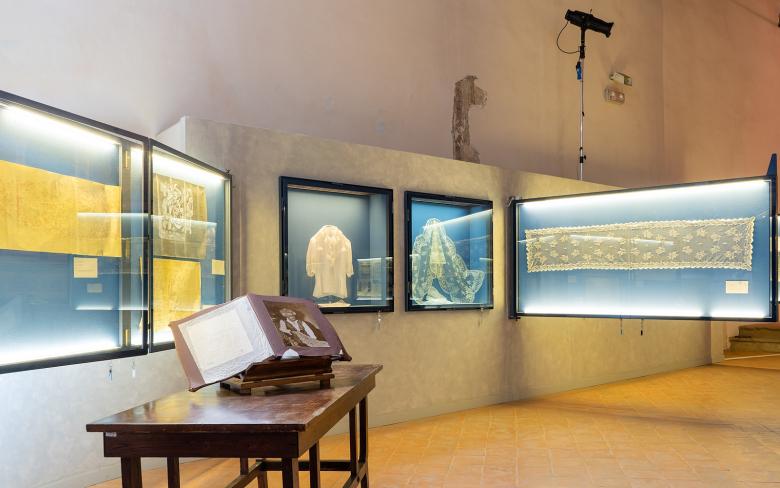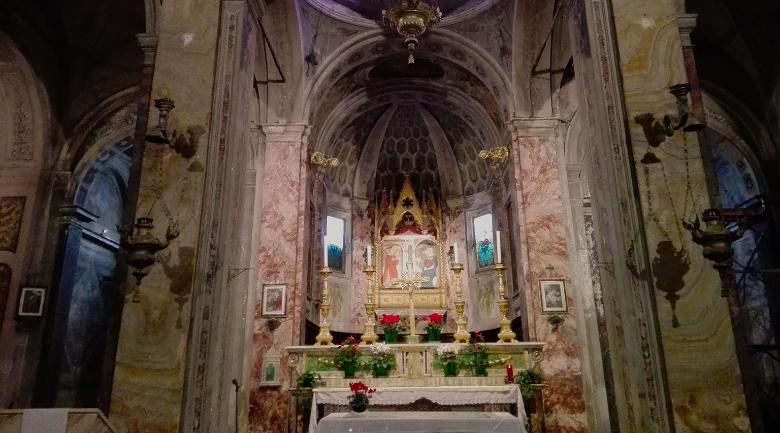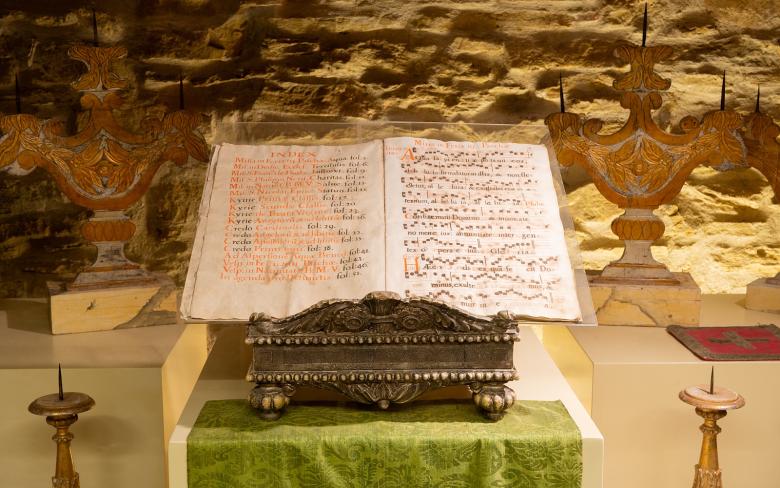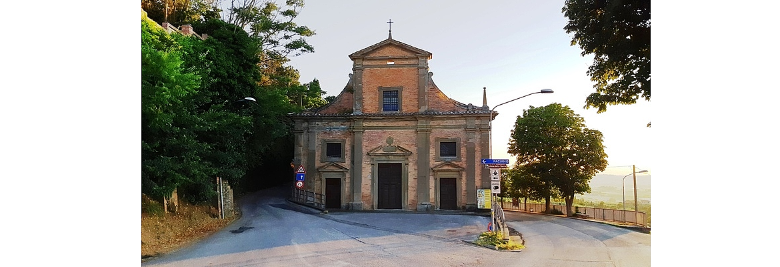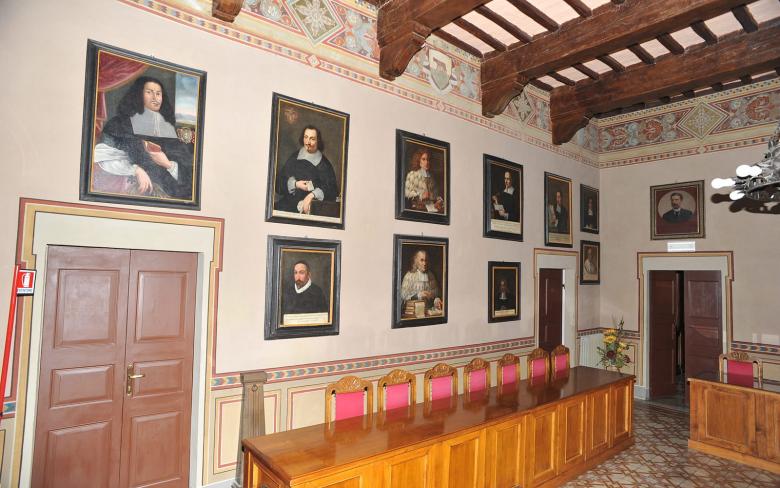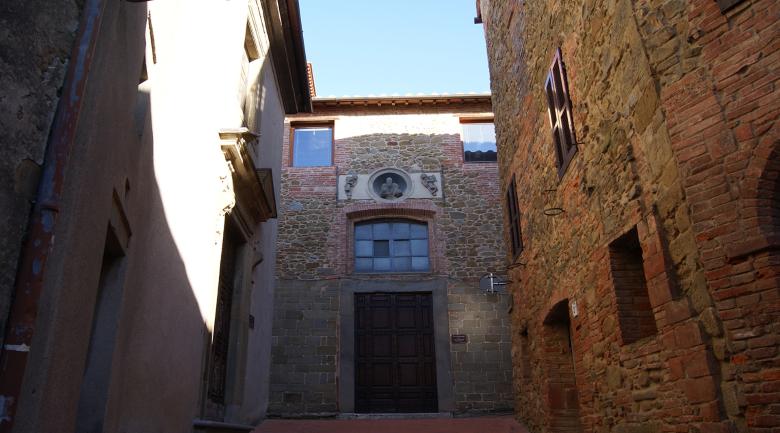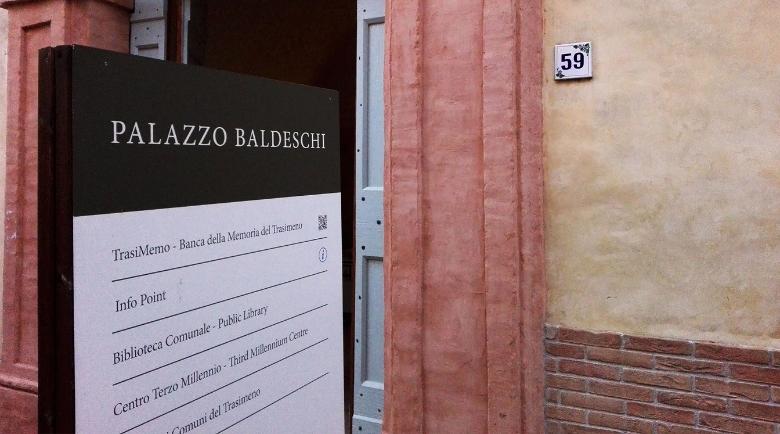The town centre starts at the Perugina gate, which leads to the first of the three squares located on three different levels. The first, piazza Umberto I, will welcome you with its 15th century travertine fountain; in piazza san Michele Arcangelo admire the Baroque Collegiate church of San Michele Arcangelo, symbol of the religious power, and finally, on the highest point, piazza Masolino is home of the Palazzo del Podestà, built between the 12th and 14th centuries by the Comacine masters and whose bell tower can be seen from the valley.
In the town centre, there is also the Cesare Caporali town theatre, with a rich calendar of events the whole year round. It is one of the most charming historical theatres in Umbria and it houses the stage curtain depicting mercenary captain Boldrino Panieri, from Panicale, created by painter Mariano Piervittori.
The Tulle Museum inside the former church of Sant'Agostino in piazza Regina Margherita is also worth a visit. It is dedicated to Anita Belleschi Grifoni who, at the beginning of the 20th century, revived a special type of tulle embroidery called "Ars Panicalensis". A needle is used directly on the cotton or silk tulle and the method was already popular from the beginning of the 19th century, thanks to the British Heathcoat and Lurdley who, in 1809, perfected a loom to manufacture tulle, a fine and lightweight yet very strong fabric characterised by its bobbinet structure.
If you wish to learn more about the history of the town families, we suggest visiting the Mariottini Art gallery inside the Town Hall in via Pietro Vannucci, where 31 paintings depicting the men of the city are on display.
Just outside the town, along the road that leads to the lake, there is the Baroque church of Madonna della Sbarra, built for a sacred image of the Virgin Mary discovered in the 16th century in a tabernacle near the town that was hidden by greenery.
A few kilometres from Panicale, there are also the Sanctuary of the Madonna di Mongiovino (16th century) and the Grondici Sanctuary, with breathtaking views over the surrounding valleys.
























